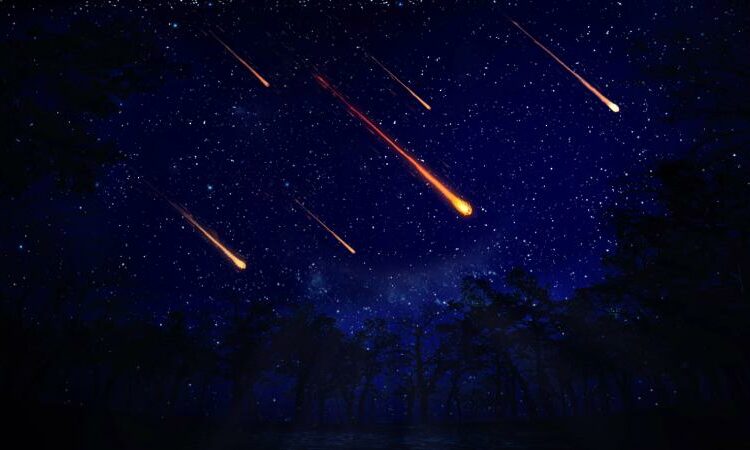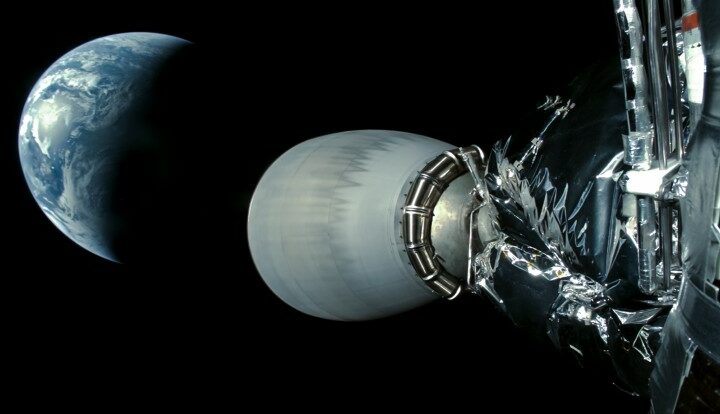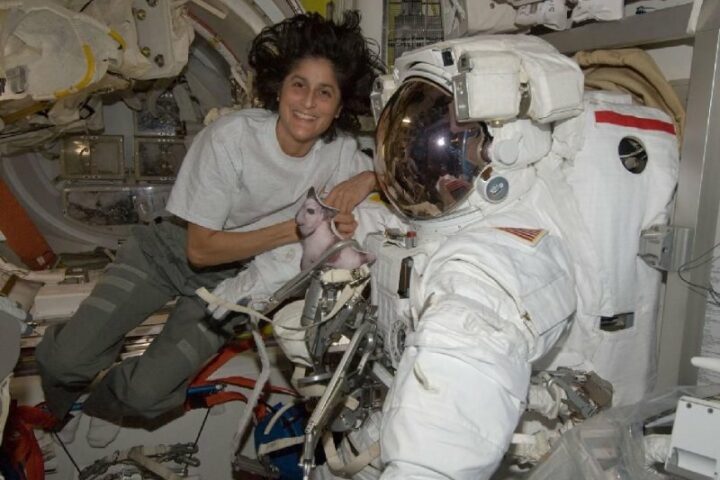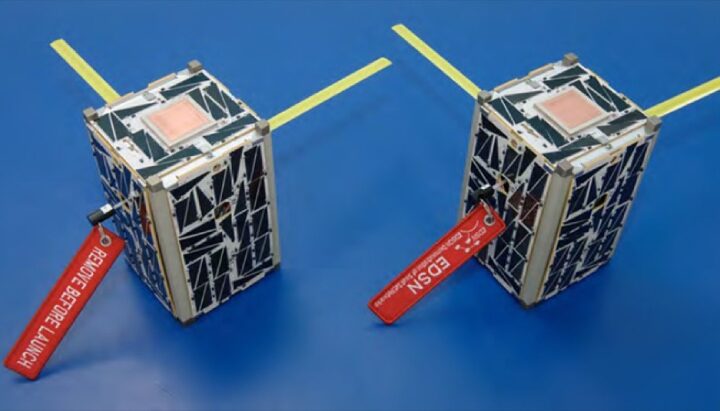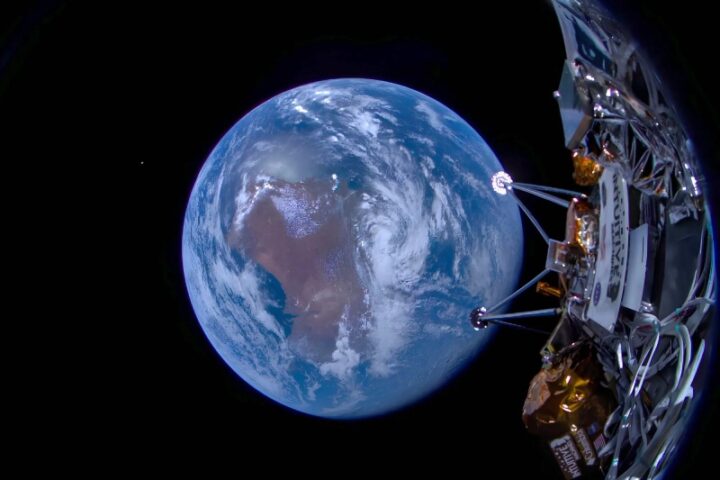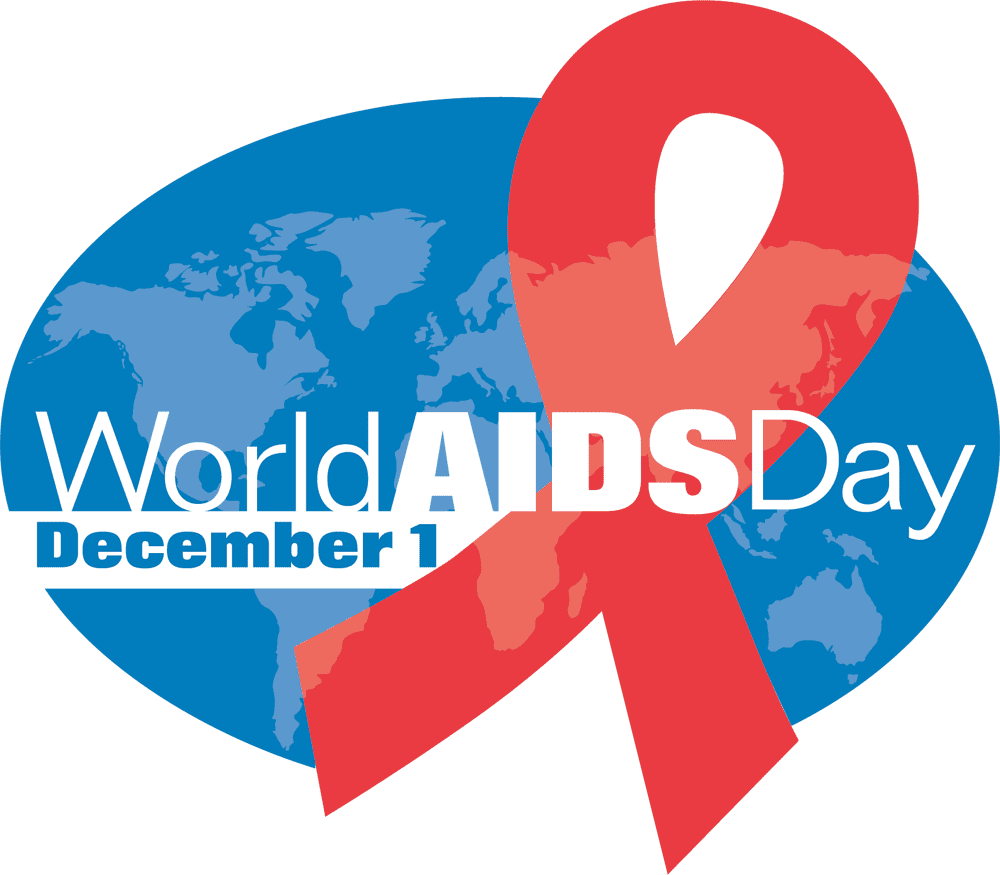They say the stars hold our untold stories and keep us safe in their shining light. But have you ever wondered what would happen if these stars decided to take a flight?Get ready for the most anticipated Perseid meteor shower of the year.
Countdown for Perseids meteor shower
The most anticipated celestial event of the year, the Perseid meteor shower, kicks off its magnificent display today.
The showers will last from July 14 to September 1, 2024, peaking on the night of Sunday, August 11 to Monday, August 12.
Rain is sure to be a part of any clear night through September. It is best to see it on the night of her climax.
Best season for the Perseid meteor shower
So when exactly will these shooting stars bless us with the best show?
According to the American Meteor Society, the best time to view it is around 04:00 UTC on August 12, which corresponds to 00:00 (midnight) EDT on August 12.
But the Perseid meteor shower is a bit like your favorite band: the atmosphere before the performance signals an exciting crescendo.
The eight hours before and after the peak guarantee a great show with a significant number of shooting stars per hour. Anticipation will build as soon as it gets dark on August 11th.
The Perfect Stage
Mother Nature knows how to build the perfect stage for a big event. Our friendly celestial neighbor, the Moon, will match up perfectly.
On the night when viewing will be at its best, a 43% illuminated waxing crescent Moon will disappear below the southwestern horizon just before midnight in the Northern Hemisphere.
These cosmic maneuvers will leave the vast night sky free of moonlight, making it the ideal canvas for the meteor shower.
Plan Ahead for the Perseid meteor shower
If you’re still thinking about planning for the 2024 Perseids, my advice is simple. Take Monday off, pack your camping gear and head somewhere with dark skies.
Free from the neon lights of the city, you’ll have a clear view of the night sky. Enjoy several hours of mesmerizing celestial spectacle, starting from 11pm until dawn.
To get the most out of the experience, consider bringing a telescope or binoculars; they’re not necessary to enjoy the meteors. Lie down on a cozy blanket. Sip a cup of hot cocoa. Enjoy the breathtaking sight of meteors streaking through space.
Watch out for fireballs – these are the larger, brighter meteors that create a dramatic atmosphere. Sharing this moment with friends and family will make it unforgettable. It promotes a sense of wonder and connection to the universe.
Interesting Facts About the Perseids
The Perseids are named after the constellation Perseus, from which the meteors appear to shine in a radial pattern.
Interestingly, the Perseids are known for their fireballs, which are large explosions of light and color that last longer than your average meteor impact.
Because of this, the Perseids are not only one of the most productive meteor showers, but also one of the most spectacular.
These meteors are also known for their speed and brightness, often leaving a lasting trail that is visible for several seconds.
The combination of a large number of meteors, including fireballs, and warm summer nights makes the Perseids a popular event for amateur and experienced astronomers alike.
Shooting Star Showers
There are often different estimates of the number of Perseids. Some say around 150 per hour at their peak, others say 100.
In reality, these “zenithal hourly rates” are estimates of what you would notice if you were able to observe the entire night sky at once.
In reality, you can expect around 50 shooting stars per hour, a spectacular sight in itself.
The Perseids are no ordinary stars. They visit us every year from a distant world. Their celestial glory in the sky gives us joy and awe, reminding us of the vastness of the universe.
Don’t let this chance to miss you this year. Maximize the Perseid meteor shower’s impact!
- Apple Delays ‘Larger-Than-Usual’ iOS 19 Features – Here’s Why - November 25, 2024
- Wear OS 5 Now Available for Older Galaxy Watch Devices - November 20, 2024
- Nick Martinez accepts the Reds’ qualifying offer of $21.05 million - November 19, 2024

